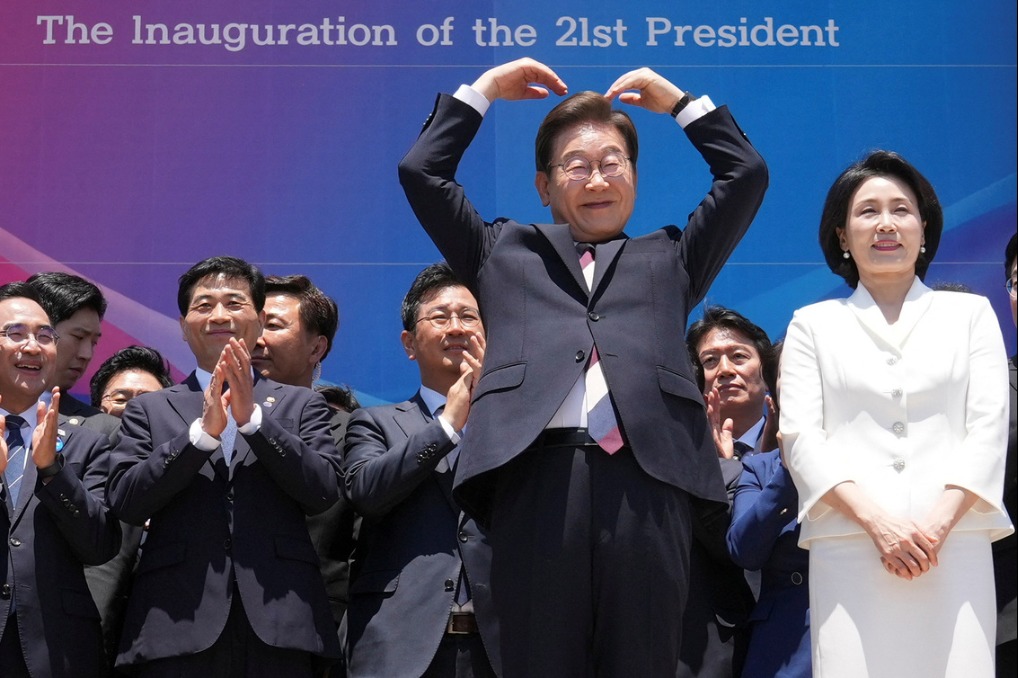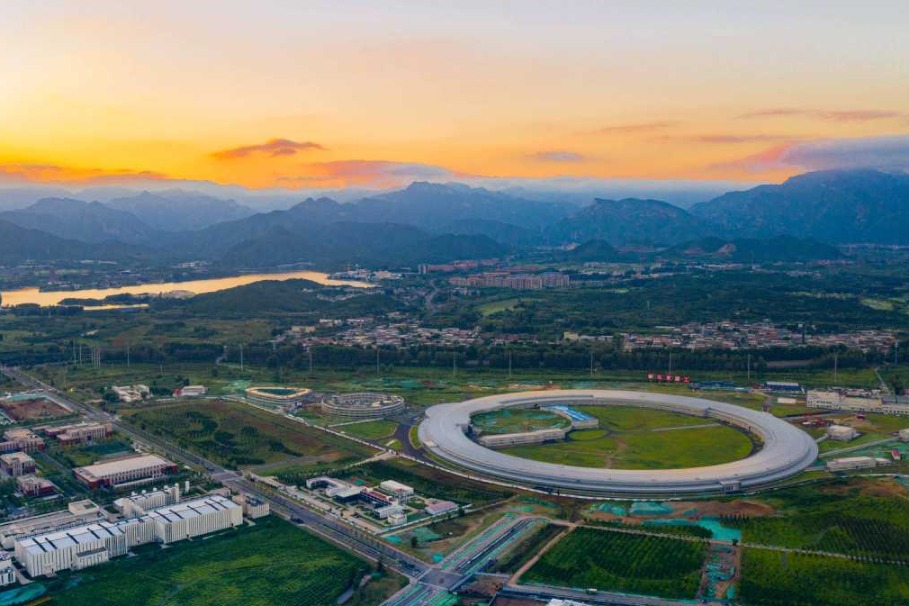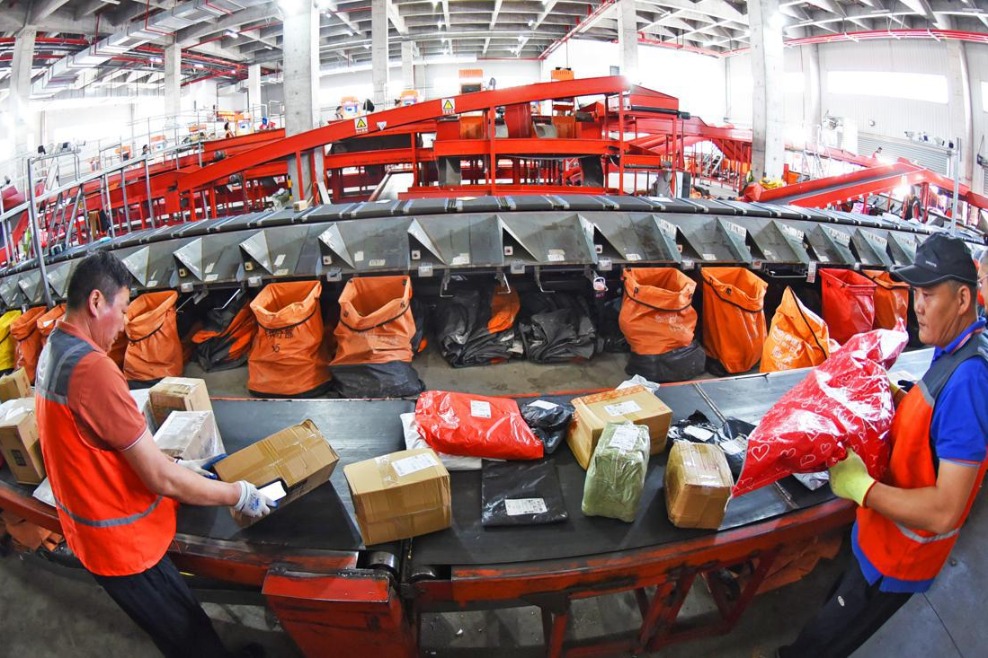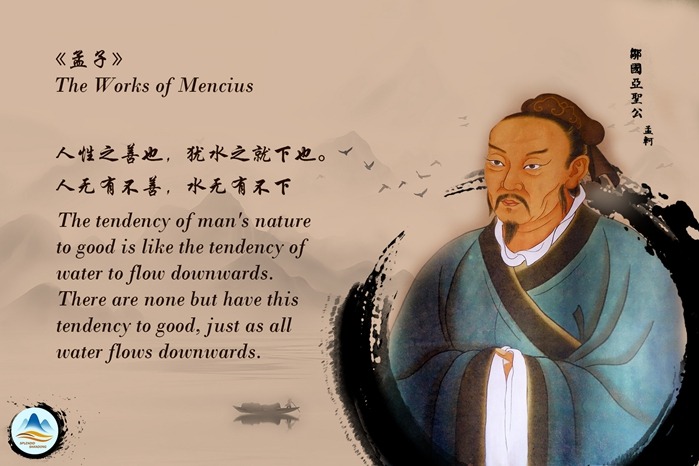Latin America bets on the Asia-Pacific
By applying to join the RCEP, Chile has sent a powerful signal to the rest of the region, which urgently needs to further link up with the most dynamic part of the world


During a visit to Indonesia in mid-June, Claudia Sanhueza, Chilean undersecretary for international economic relations, formally submitted the country's request to join the Regional Comprehensive Economic Partnership. The RCEP, signed in 2020, is the world's largest trade agreement. Its 15 member countries represent 30 percent of the world's population and 30 percent of the world's GDP. It includes all 10 members of the Association of Southeast Asian Nations, plus China, Japan, Australia, New Zealand and the Republic of Korea.
It means that Chile, after several years of internal turmoil, is once again taking up the pioneering role it has played in fostering trans-Pacific trade and in building bridges between Latin America and Asia.
Chile was the first country in South America to establish diplomatic relations with the People's Republic of China, as early as 1970 under the government of president Salvador Allende, preceding even former US president Richard Nixon's visit to China in 1972. Later, Chile was the first country in the region to support China's application to join the World Trade Organization, the first to recognize China as a market economy, and the first individual country to sign a free trade agreement with China, in 2005. In fact, since the signing of the Chile-China FTA, bilateral trade has increased eightfold to $62.5 billion in 2023, and 39 percent of Chile's exports now go to China.
But Chile's highly successful international trade strategy since its transition to democracy in 1990 goes way beyond China. As Chile rejoined the international community after 17 years of isolation during the Pinochet dictatorship, it needed a suitable approach to link up with the world economy. The one that was followed relied on two key components. One of them was that of a "lateral international trade policy". It deploys free trade agreements as an essential tool to access world markets and propel Chile's progress, whose own internal market was (and is) too small to sustain the sort of self-sustaining growth the country needs. With 30 FTAs signed with 65 countries, including some of the world's biggest economies, covering 88 percent of the world's GDP, Chile is today the country with the highest number of signed FTAs. From 1990 to 2007, Chile increased its exports near sevenfold to $68.7 billion, a key factor fostering the country's rapid growth, as the country relied on an export-led economic model.
The other pillar of this approach was a certain diagnosis of the direction the world would take in the post-Cold War era, when globalization was taking hold. This diagnosis was to recognize "globalization as Asianization". This meant that Chile identified the Asia-Pacific region as the most dynamic and fastest-growing one, and the one where the country would bet on. In quick succession, Chile opened additional embassies and trade offices there, joined APEC in 1994 (the second Latin American country to do so), and started to explore the possibility of signing trade agreements in Asia. In quick succession, Chile signed an FTA with the ROK in 2002 (the first FTA between a Latin American country and an Asian nation); one with China in 2005;and a preferential trade agreement with India in 2006. For much of this period, Chile's was the fastest-growing Latin American economy, something driven by the constant opening of new markets. In 2019, Chile ratified a Comprehensive Economic Partnership Agreement with Indonesia. Today, 58.4 percent of Chile's exports go to Asia.
Nonetheless, Chile did not limit itself to the pursuit of bilateral trade agreements. Impatient with the slow pace of trans-Pacific trade liberalization within APEC, in 2004 Chile joined with Singapore, New Zealand and Brunei-Darussalam to create the P4. This group eventually led to the formation of the Trans-Pacific Partnership, a mammoth inter-regional trade project that brought together 12 countries from Asia, Australasia and Latin America, and was signed in New Zealand in October 2016. Yet, to the surprise of many, the United States, which had battled for nine years to get the TPP in place, unceremoniously ditched it in January 2017. Though many thought this would spell the end of the TPP, Chile did not give up on it, and was among the signatories of the original treaty that fought tooth and nail to keep it alive. This effort bore fruit in March 2018 when a rechristened TPP11, now called (somewhat pretentiously) the Comprehensive and Progressive Trans-Pacific Partnership, was signed in Santiago. Shortly thereafter, Chile joined Singapore and New Zealand in the Digital Economic Partnership Agreement, another pioneering project aimed at liberalizing trade in digital services.
During his state visit to China in October 2023, Chilean President Gabriel Boric took part in the Third Belt and Road International Cooperation Forum. This meant that Chile became the only Latin American country to be represented at the presidential level in all three BRI international cooperation fora — in 2017, 2019 and 2023, with heads of state from three different ruling coalitions. Chile has also joined the Asian Investment and Infrastructure Bank as a full member.
In applying to the RCEP, Chile underlines the degree to which it is doubling down on its bet on the new century as the Asian century. In so doing, it conveys a powerful signal to the rest of Latin America, a region in dire straits that urgently needs to further link up with the most dynamic part of the world, one where free trade is still the coin of the realm, and where protectionism and isolationism have not yet raised their ugly heads.
The author is a research professor at the Pardee School of Global Studies, interim director of the Pardee Center for the Study of the Longer-Range Future at Boston University and a former Chilean ambassador to China. The author contributed this article to China Watch, a think tank powered by China Daily. The views do not necessarily reflect those of China Daily.
Contact the editor at [email protected].


































